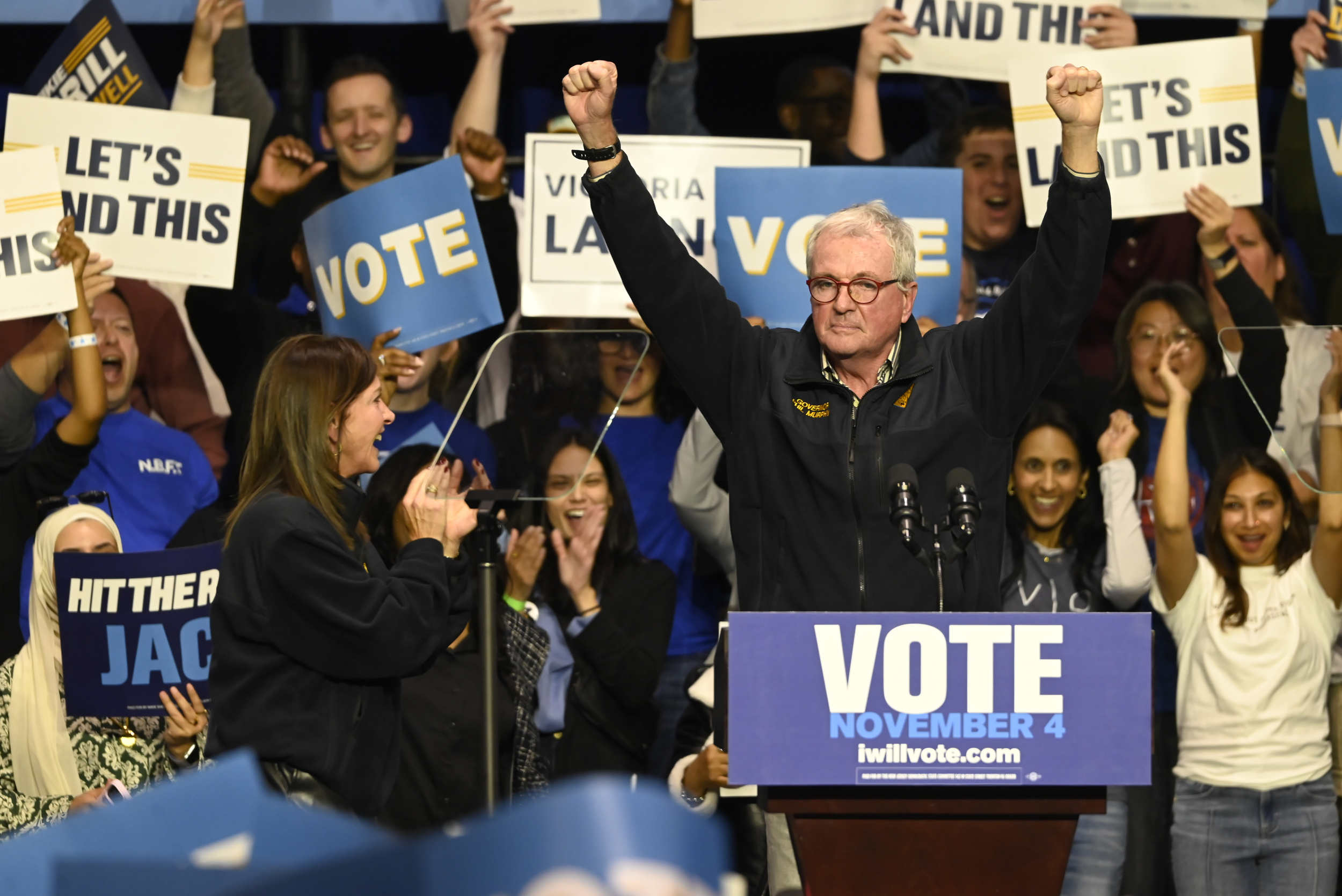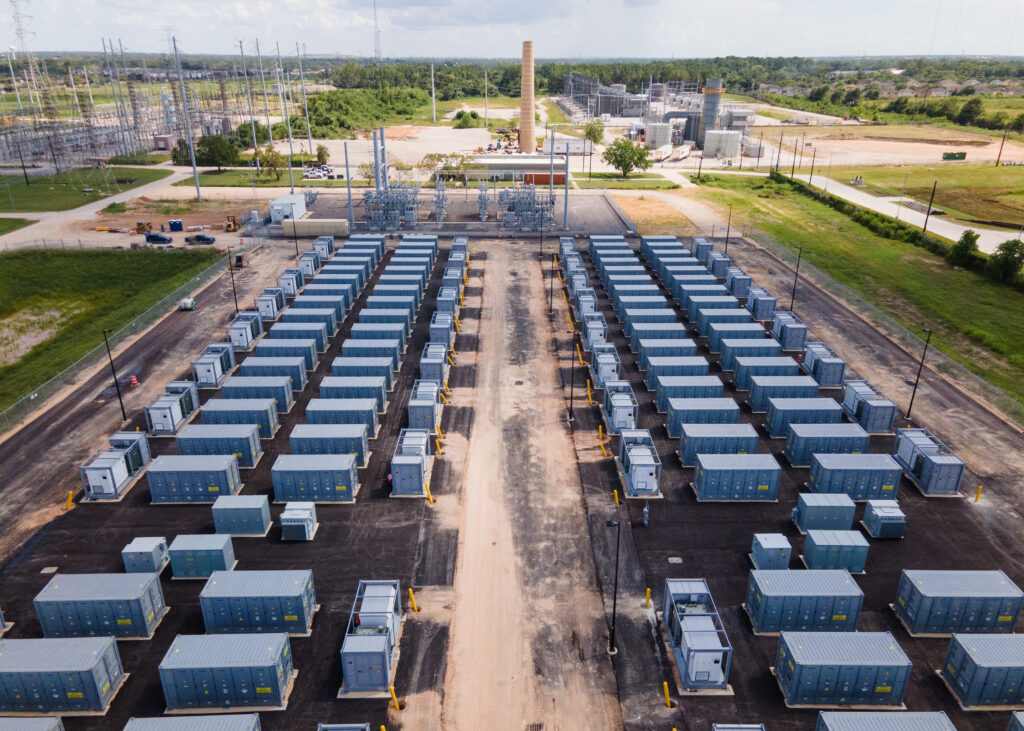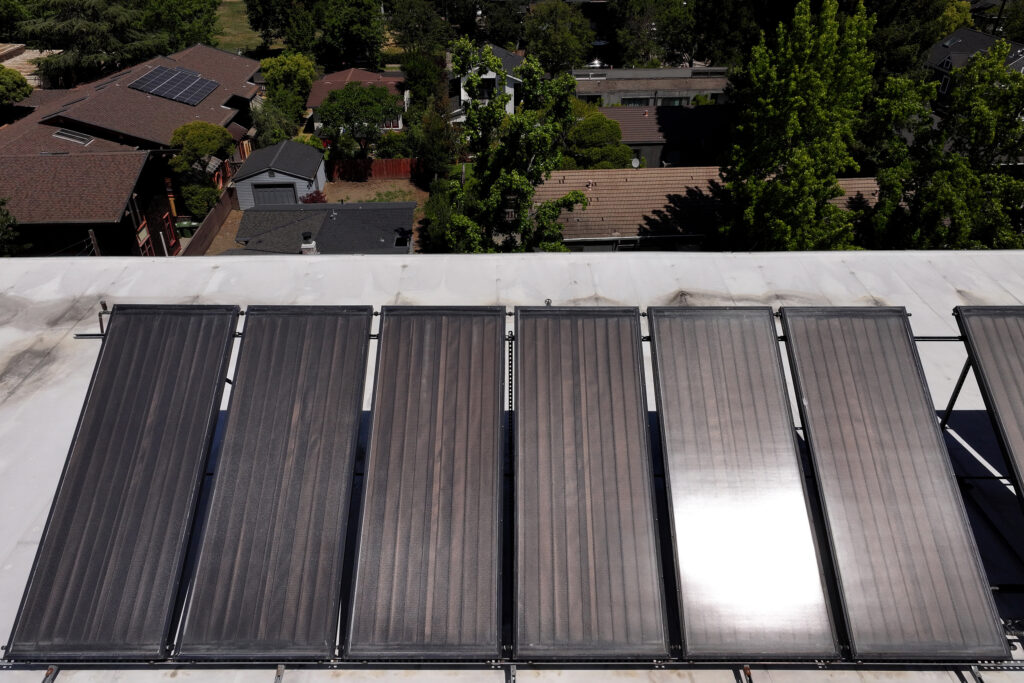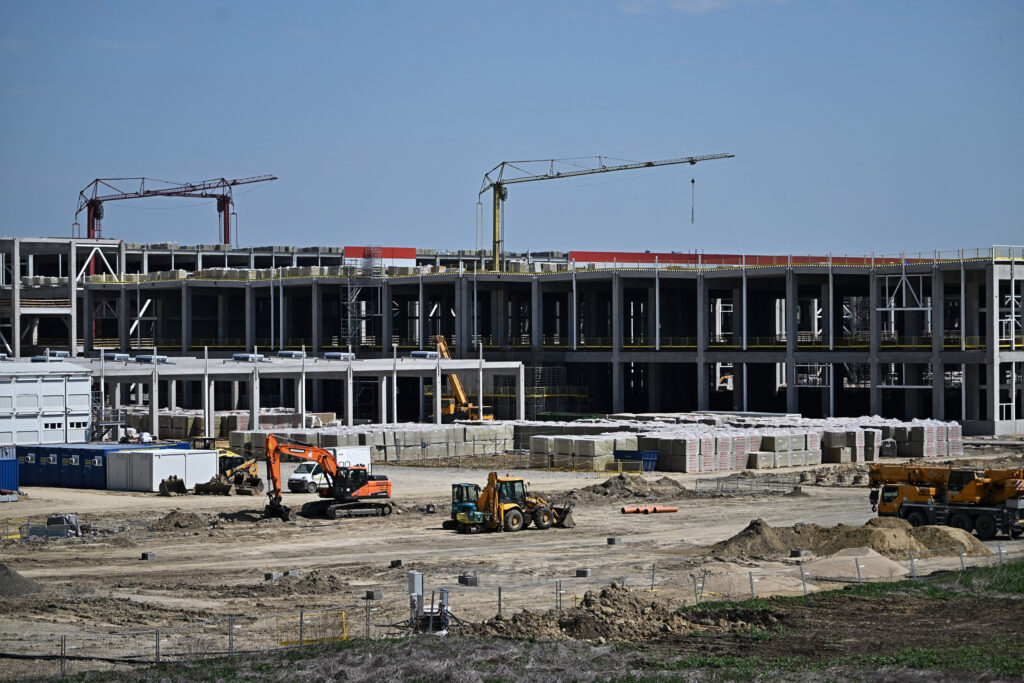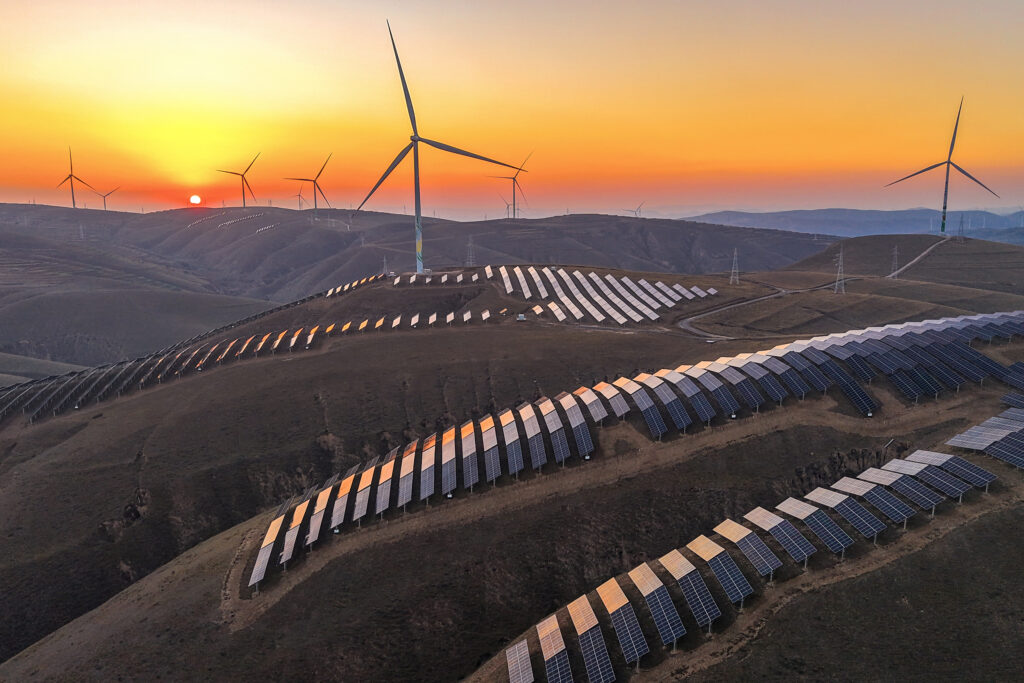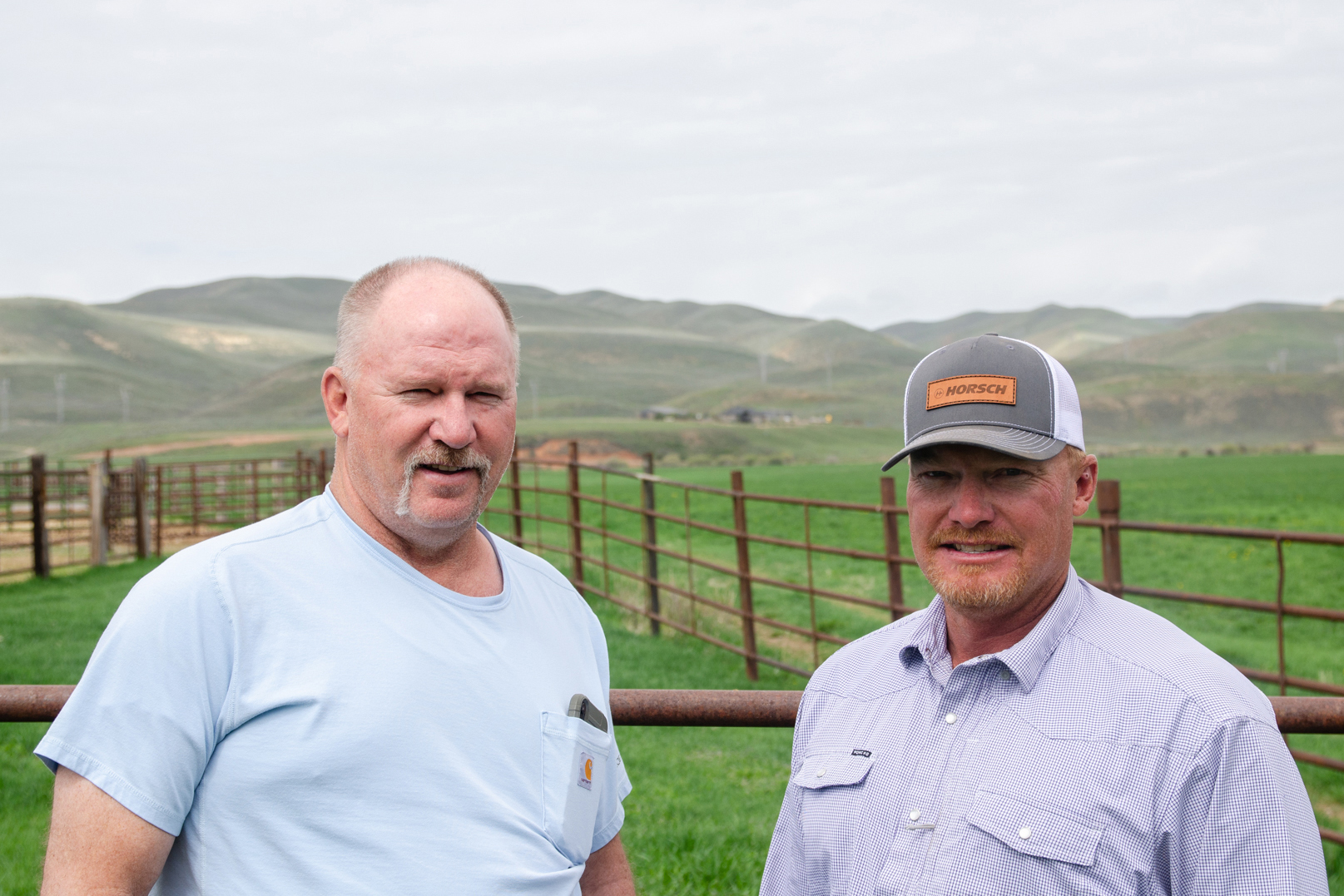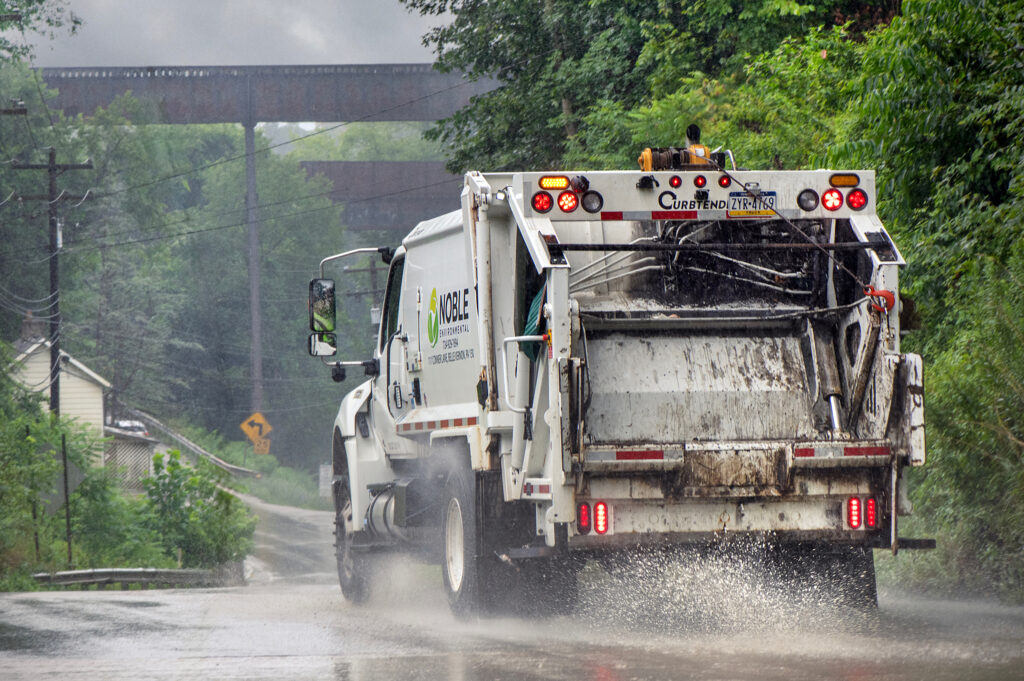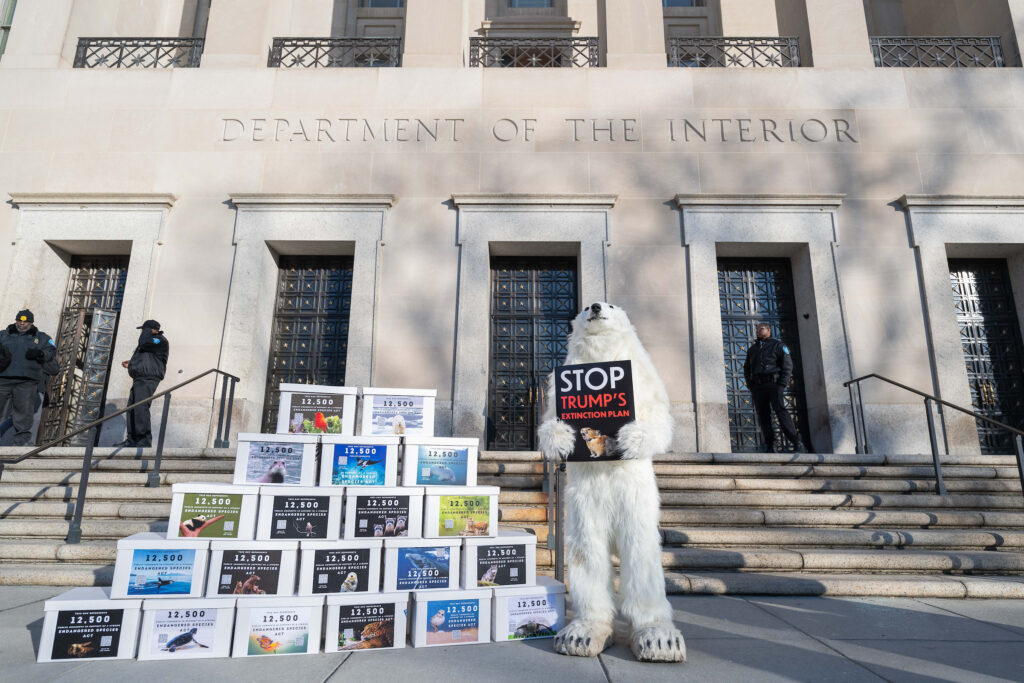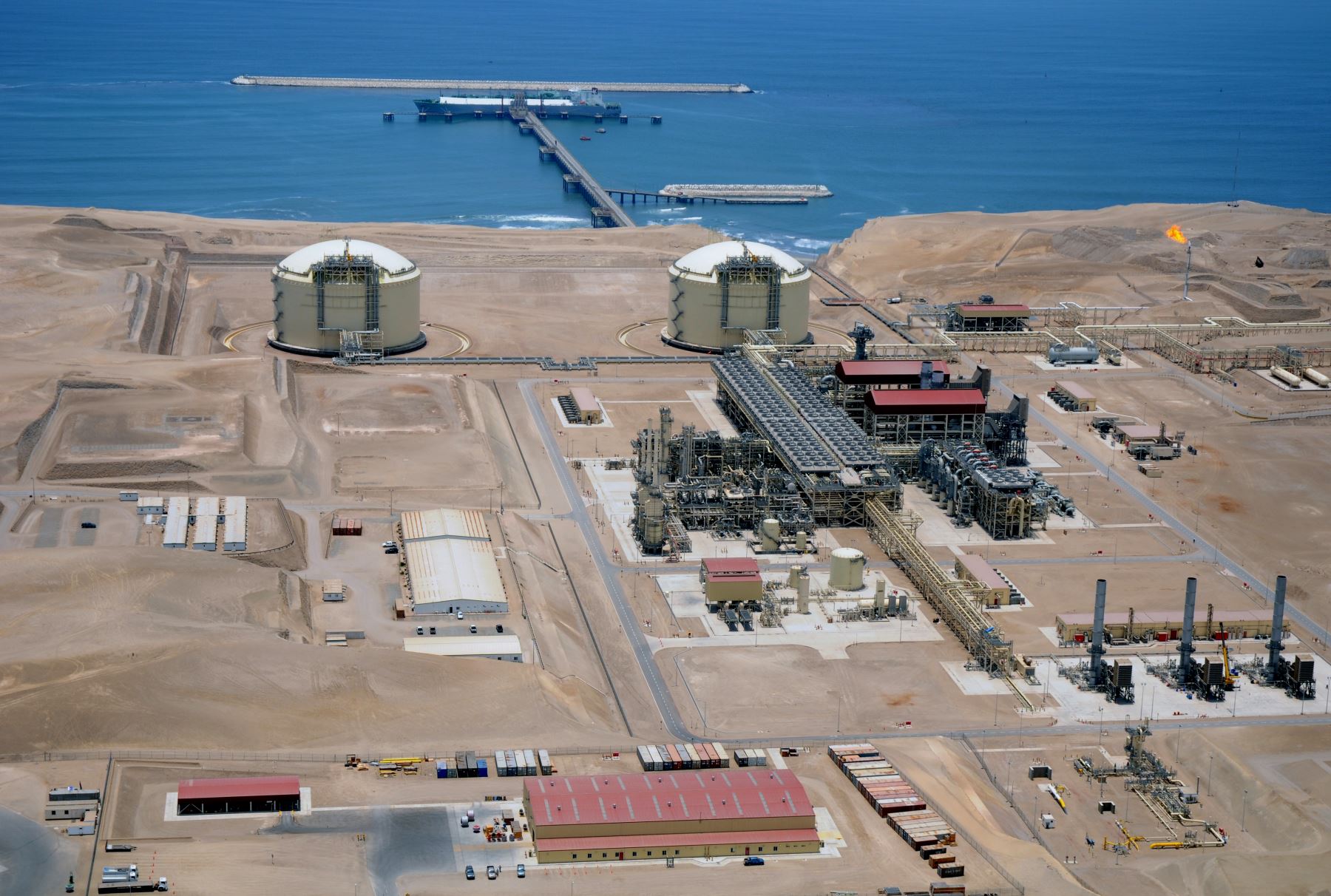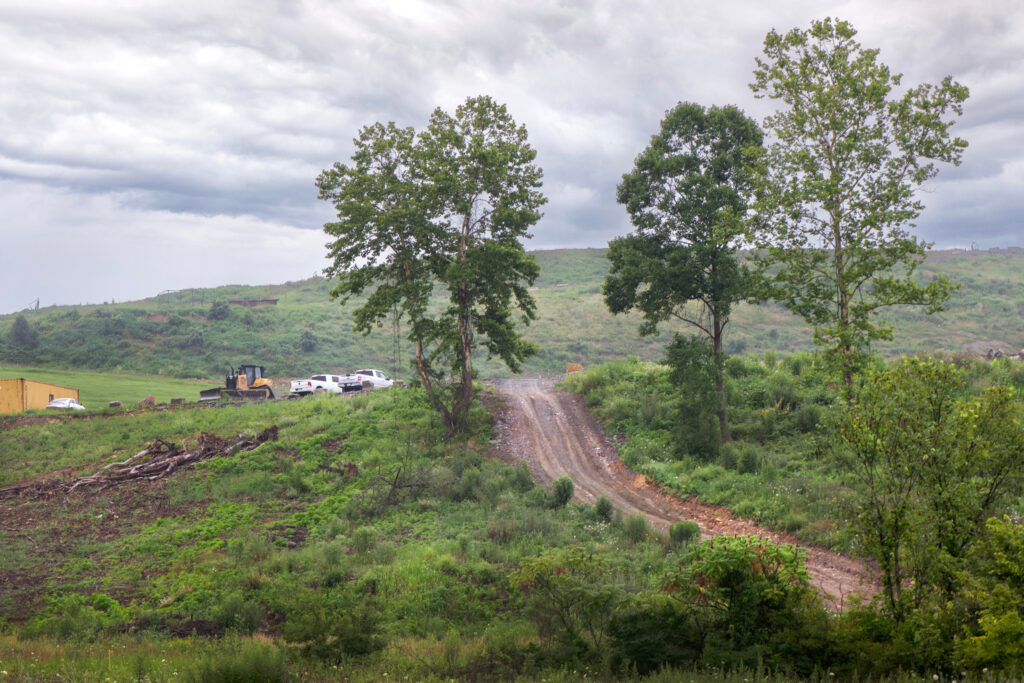Former Congresswoman Abigail Spanberger is campaigning for Virginia’s governor’s race on an energy platform that supports robust renewable development and continued use, as needed, of natural gas. The former Democratic lawmaker also aims to make energy-reliant data centers pay for upgrades to the electrical grid.
Spanberger represented the 7th Congressional District outside Washington, D.C., from 2019 to 2025. Now, she believes she is positioned to make her home state a “dominant” player in developing a multi-faceted energy landscape.
Spanberger said that her years on Capitol Hill helped frame climate change as an opportunity and challenge for Virginia, and energy use and conservation will be key issues in her bid for the governor’s mansion. “Virginia’s on a path to really be dominant and strong in the renewable energy space,” Spanberger said in an interview.
Spanberger is facing Republican Lt. Gov. Winsome Earle-Sears on Nov. 4 and polls give her an early lead. So far, Spanberger has raised $27 million in political donations and Earle-Sears, $11.5 million, according to the Virginia Public Access Project.
Last month, Spanberger released a game plan for energy that focused on six priorities, including increasing local generation, all efforts she said will help the state avoid an energy crisis. “Some of these new opportunities, it’s in new technology. Some of them, it’s renewable energy. Some of it, the pitch is jobs. Some of it is the pitch is affordability,” she said.
Spanberger, a University of Virginia graduate who was a CIA case officer early in her career, faces widely divergent interests across the state and has represented a politically split constituency. Her former district is described as “purple” for its close voter margins between Democrats and Republicans, and an economy that benefits from Capitol Hill interests.
Republican Gov. Glenn Youngkin, a former chief executive at The Carlyle Group private equity firm, won in 2022 with strong business support. He has aligned himself with President Donald Trump and, in recent weeks, has supported the administration’s effort to shift federal workers and agencies from the District into Virginia. Youngkin, who is term-limited, has encouraged robust data center development in the state.
Such growth will be challenging. Virginia faces skyrocketing energy demands from proposed and existing data centers with some estimates showing that electricity needs will triple over the next 15 years from about 10,000 gigawatt hours in 2023 to just over 30,000 gigawatt hours. The state also depends on PJM Interconnection, the largest power grid operator in the United States and which has been roundly criticized for slow expansion and connection to its grid, notably for renewable energy projects.
Spanberger, in a series of recent interviews and policy statements, has said she wants communities to be better informed about the benefits and costs of growth.

She said Virginia will need a reliable portfolio of energy to stay competitive. Solar projects must be encouraged, she said, as well as an ongoing offshore wind project by Dominion Energy, the pivotal utility based in Richmond. Spanberger said she wants to pursue energy saving measures that make sense for residents and businesses, and she acknowledged that natural gas will be a key component for economic growth, for now.
“At this juncture, natural gas is going to be part of the energy mix into the future,” Spanberger said.
“However, I think when it comes to new natural gas infrastructure, that’s where we really need to be focused and sort of thinking carefully about the lifespan of those projects and whether indeed they are the most cost-effective solution.”
In an interview with Cardinal News, Spanberger said the state government could better research how and where to select sites for solar projects, including assessing formerly mined land and the use of rooftops. The state saw a boom in solar development after 2014 when local governments approved 100 percent of proposals for solar panel projects. Concerns over protecting farmland dented that approval rate in recent years. Half of all proposed projects were approved in 2024.
Spanberger also supports the state’s broader offshore wind development plans. Dominion is now constructing a $10.7 billion Coastal Virginia Offshore Wind project about 27 miles off the coast of Virginia Beach. That project is expected to produce 2.6 gigawatts of electricity for more than 2.5 million households and businesses in Virginia.
Dominion has two other wind lease areas available for development, but any potential work has stalled because the Trump administration in January temporarily withdrew all lease rights in order to review permitting practices for wind projects. The move has widely been seen as a way to slow such renewable development.
Spanberger said she wants to see energy storage developed as an industry in Virginia—a job creation opportunity she said that acknowledges that there are some limitations to when and how renewables can be used. “Wind and solar are not 24-hour kind of constant production,” she said. But businesses can innovate to blend energy sources and reliable storage methods.
“Whether it’s in the construction and manufacturing installation, those jobs should be right here in Virginia. Those industries should be right here in Virginia,” Spanberger said. “Expanding the type of generation and source of generation that we have in Virginia also meets that goal of contending with rising prices.”
Spanberger’s plan calls for Virginia to “work collaboratively” with other governors to add new generation sources to PJM’s grid. A bipartisan group of nine governors, including Youngkin, sent a letter to PJM on July 17 to express frustration over its performance, noting continued long delays in reviewing applications for interconnection.


Spanberger also said in her plan that she wants to explore greater energy efficiency programs, ratepayer project programs, and the use of virtual power plants. A virtual power plant is a system made up of residents and businesses who agree to reduce their electricity demand and share energy to the grid when needed. The system is controlled by the utility, which can activate notices to the groups. Participants are compensated for their efforts.
Spanberger’s proposals are emerging as utility companies that serve Virginians are attempting to expand the energy arsenal. Dominion Energy, which is working to launch a natural gas plant in Chesterfield County and considering how to ease emission controls for coal-powered plants, is proposing a suite of renewable energy sources.
Dominion has said it is examining and attempting changes that will help maintain grid reliability, particularly during peak demand periods.
The Clean Economy Act
The Virginia Clean Economy Act, passed in 2020, aims to decarbonize the electric grid by reducing its reliance on fossil fuels.
The law mandates utilities serving Virginia reduce carbon-emitting generation sources by 2045 unless there’s a concern over grid reliability. Under that law, Dominion Energy and Appalachian Power Company, which serves Southwest Virginia, are required to add solar to their energy portfolios. Dominion must create a renewable energy credit portfolio–which sustains 100 percent of the electricity through renewables–by 2045 and Appalachian Power must do the same by 2050.
For Dominion, that means the utility must petition regulators, by the end of 2035, to approve proposals for solar projects that will produce a total of 16,100 megawatts, offshore wind projects that will produce a total of 5.2 gigawatts, and battery storage that can accommodate 2,700 megawatts. Appalachian Power must prepare to build 600 megawatts of solar by the end of 2030 and 400 megawatts of battery storage by the end of 2035.


In an interview, Spanberger said she is “committed to the long-term goals” of the Virginia Clean Economy Act. She noted that 2045 is “a long way away” but “the landscape in Virginia has changed in the last few years.” There are “some opportunities” for more small-scale distributed generation at certain locations, such as shopping centers, which could alleviate demand. Small-scale energy production could help ease the strain on large centralized energy sources, she said.
“How can we be more aggressive in our pursuit of other types of clean energy generation?” Spanberger said. “I don’t think the immediate response should be, ‘Okay, we’re not 100 percent on pace with where we thought we should be, therefore, let’s just throw up our hands and walk away.’”
Dominion has nuclear plants at North Anna and Surry in the central and tidewater regions, which together can produce about 3.6 gigawatts of electricity, equal to powering 870,000 homes or about 30 percent of the state’s current electricity demand.
This story is funded by readers like you.
Our nonprofit newsroom provides award-winning climate coverage free of charge and advertising. We rely on donations from readers like you to keep going. Please donate now to support our work.
Donate Now
Smaller modular reactors or SMRs are increasingly showing promise as complementary energy sources—and Dominion is actively considering if one could be added to the North Anna units. The modular reactors can produce 300 megawatts of electricity compared to the 1,000-watt capacity of older nuclear units, and they may well be a model way for Virginia to meet its renewable target, Spanberger said.
“We have a potential to really be a global leader in new technologies, given the offshore wind project, the SMR project in North Anna and then the fusion project, which is admittedly a little bit further off, but that one is planned to go in Chesterfield County,” Spanberger said.
Data Center Growth
Amazon, Google, Microsoft and Meta all have invested in data centers in Virginia and may expand their operations in artificial intelligence, which will increase energy demand. Spanberger thinks that sort of growth can be managed to benefit all Virginians.
“(Data centers) are going to need to go somewhere, and Virginia can benefit from having them here,” Spanberger said, adding she wants to have a statewide plan to help communities understand and deal with siting proposals as well as energy and water consumption forecasts.
“Some localities just don’t necessarily know the things they should be asking,” she said. Local communities and governments need to have a “best practices standard” to know what “they should be able to ask for as it relates to the actual rates.”


Clean Virginia, an advocacy group that has long criticized Dominion Energy’s policies, is supporting Spanberger. The group, founded by hedge fund executive Michael Bills who lives in Charlottesville, has pumped millions of dollars into legislative races.
Clean Virginia has pushed for more stringent reviews of data center development proposals at Virginia’s utility regulators, the State Corporation Commission (SCC). The group advocates for utilities to be required to source electricity from clean technologies, and it has called for data centers to pay for the grid upgrades that will be needed to operate their for-profit businesses.
Dominion Energy’s latest rate review is a chance to gauge cost allocations, and Spanberger said she is studying that issue to ensure electricity rates, for residents and other businesses, are affordable.
“I am looking very closely at the rate case that’s before the SCC,” she said. “I want to ensure that (data centers) are paying their fair share, but also as generation needs continue to increase, I want Virginians to have the clarity that they are not impacted by the type of data center choices that their localities are making.”


Virginia’s energy and political debates are gaining pace as the Trump administration rolls back clean air and water protections, weakens drinking water standards and dismantles the Federal Emergency Management Agency (FEMA) tasked with supporting disaster response.
Virginia in 2024 experienced $4.4 billion in damages from Hurricane Helene, and Spanberger said the federal cuts–notably in FEMA–are worrisome.
“I’m watching it closely, because there presumably will be things to react to or to plan for in recognizing what’s happening at the federal level,” Spanberger said. Trump’s One Big Beautiful Bill Act has slashed money for energy transition efforts and that will hurt Virginia’s momentum to cope with rising energy demands, she said.
That’s “a problem for a state that’s doing so well in this space,” Spanberger said.
About This Story
Perhaps you noticed: This story, like all the news we publish, is free to read. That’s because Inside Climate News is a 501c3 nonprofit organization. We do not charge a subscription fee, lock our news behind a paywall, or clutter our website with ads. We make our news on climate and the environment freely available to you and anyone who wants it.
That’s not all. We also share our news for free with scores of other media organizations around the country. Many of them can’t afford to do environmental journalism of their own. We’ve built bureaus from coast to coast to report local stories, collaborate with local newsrooms and co-publish articles so that this vital work is shared as widely as possible.
Two of us launched ICN in 2007. Six years later we earned a Pulitzer Prize for National Reporting, and now we run the oldest and largest dedicated climate newsroom in the nation. We tell the story in all its complexity. We hold polluters accountable. We expose environmental injustice. We debunk misinformation. We scrutinize solutions and inspire action.
Donations from readers like you fund every aspect of what we do. If you don’t already, will you support our ongoing work, our reporting on the biggest crisis facing our planet, and help us reach even more readers in more places?
Please take a moment to make a tax-deductible donation. Every one of them makes a difference.
Thank you,




